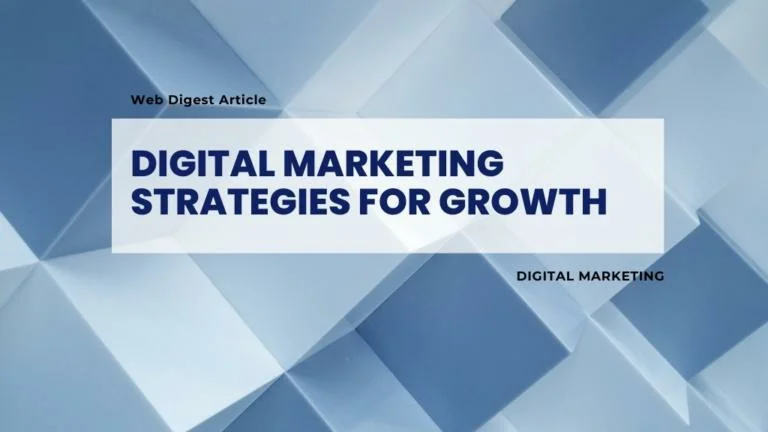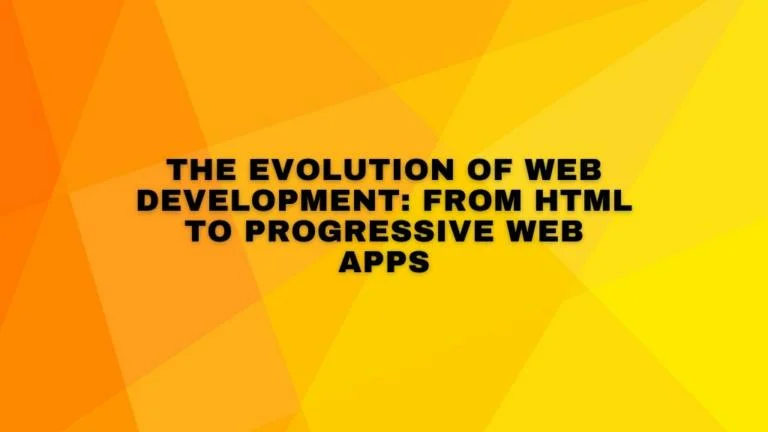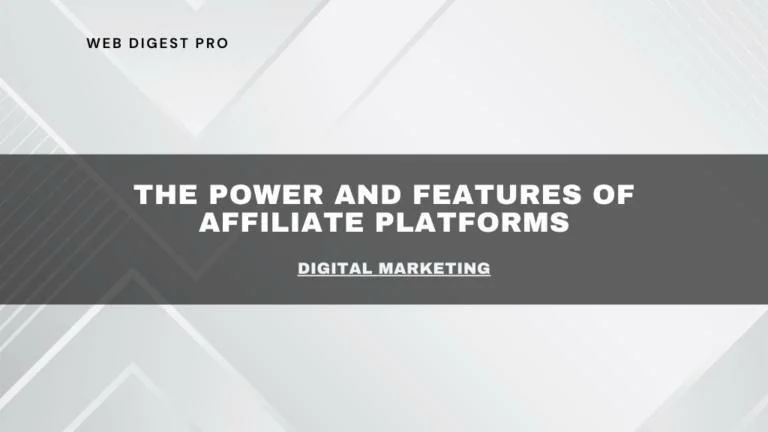To stand out in search engine results and attract a substantial audience, your blog needs to be optimized for SEO. This comprehensive guide will walk you through the most effective SEO strategies for blog writing, ensuring your content reaches its full potential.
Table of Contents
- Conduct Thorough Keyword Research
- Optimize Your Title and Meta Descriptions
- Create High-Quality, Engaging Content
- Implement On-Page SEO Best Practices
- Optimize for Mobile and Page Speed
- Leverage Social Media and Content Promotion
- Monitor and Analyze Performance
- Conclusion
1. Conduct Thorough Keyword Research
The Foundation of SEO
Keywords are the cornerstone of any successful SEO strategy. They represent the terms and phrases your target audience uses when searching for information online. Understanding and implementing the right keywords can significantly impact your blog’s visibility and search engine ranking.
How to Conduct Keyword Research
1. Use Advanced Keyword Tools: Leverage tools such as SEMrush, Ahrefs, or Google Keyword Planner to identify high-volume and low-competition keywords relevant to your blog topic. These tools provide valuable data on search volume, keyword difficulty, and related keywords.
2. Analyze Competitors: Investigate the keywords your competitors are ranking for. Tools like SEMrush’s Domain Analysis can help you understand which keywords are driving traffic to their blogs. By identifying these keywords, you can uncover opportunities to target similar or related terms.
3. Focus on Long-Tail Keywords: Long-tail keywords are more specific phrases that often have lower search volume but higher intent. For example, instead of targeting “digital marketing,” you might target “digital marketing strategies for small businesses.” Long-tail keywords can help you attract a more targeted audience and face less competition.
4. Utilize Keyword Variations and Synonyms: Incorporate variations and synonyms of your main keywords to avoid keyword stuffing and improve the natural flow of your content. Tools like SEMrush’s Keyword Magic Tool can help you discover related terms and phrases.
5. Consider Search Intent: Understand the intent behind search queries. Are users looking for information, seeking to make a purchase, or comparing options? Tailoring your content to meet the search intent can improve relevance and engagement.
Keyword Research Best Practices
- Prioritize Quality Over Quantity: Focus on a few high-impact keywords rather than trying to rank for many low-impact ones.
- Incorporate Keywords Naturally: Ensure keywords are included naturally in your content to maintain readability and user engagement.
- Update Regularly: Keyword trends can shift, so regularly update your keyword research to stay relevant.
2. Optimize Your Title and Meta Descriptions
The First Impression
Your title and meta description are often the first elements users see in search engine results. Crafting compelling and optimized titles and descriptions can significantly impact your click-through rates (CTR) and overall search performance.
Crafting an Effective Title
1. Include Primary Keywords: Ensure your primary keyword appears in the title. This helps search engines and users understand the topic of your blog post.
2. Create Compelling Headlines: Write titles that are both informative and enticing. Use power words and emotional triggers to capture attention. For example, instead of “SEO Strategies,” try “10 Proven SEO Strategies to Skyrocket Your Blog’s Traffic.”
3. Keep It Concise: Aim for titles under 60 characters to prevent truncation in search results. This ensures your full title is visible to users.
4. Use Title Tags Effectively: Include your brand name at the end of the title tag if applicable. For example, “10 Proven SEO Strategies to Skyrocket Your Blog’s Traffic | [Your Brand].”
Writing Engaging Meta Descriptions
1. Summarize the Content: Your meta description should provide a clear summary of what readers can expect from the blog post. Include the primary keyword and a call to action (CTA) to encourage clicks.
2. Keep It Under 160 Characters: Meta descriptions that are too long may get cut off in search results. Aim for a length that allows the full description to be visible.
3. Include a CTA: Encourage users to click on your blog post by including a CTA in your meta description. Phrases like “Learn more,” “Discover,” or “Find out how” can prompt users to visit your site.
4. Avoid Duplicate Meta Descriptions: Ensure each blog post has a unique meta description to avoid duplication and potential SEO penalties.
Title and Meta Description Best Practices
- Test Variations: Experiment with different titles and meta descriptions to determine which ones yield the best results.
- Monitor Performance: Use tools like Google Search Console to track CTR and adjust your titles and descriptions based on performance data.
3. Create High-Quality, Engaging Content
Content is King
High-quality content is essential for engaging your audience and improving your search rankings. Content that is valuable, relevant, and well-written is more likely to be shared and linked to, which can enhance your blog’s authority and visibility.
Writing Engaging Content
1. Focus on Value: Ensure your blog post provides valuable information that solves problems or answers questions your audience has. Use data, research, and real-life examples to back up your points.
2. Maintain Readability: Break up your content into digestible sections using short paragraphs, bullet points, and subheadings. This improves readability and keeps readers engaged.
3. Use Compelling Headlines: Use engaging headlines and subheadings to capture attention and guide readers through your content. Include keywords in your subheadings to improve SEO.
4. Incorporate Visuals: Use images, infographics, and videos to make your content more engaging and informative. Visuals can help explain complex concepts and keep readers interested.
5. Update Content Regularly: Regularly update your blog posts with the latest information and trends. Fresh content can improve search rankings and keep your audience informed.
Content Quality Best Practices
- Proofread and Edit: Ensure your content is free of grammatical errors and typos. High-quality writing reflects professionalism and credibility.
- Optimize for Readability: Use tools like Hemingway or Grammarly to assess readability and make necessary improvements.
- Encourage Engagement: Include CTAs within your content to prompt readers to take action, such as leaving a comment or sharing the post.
4. Implement On-Page SEO Best Practices
On-Page SEO Optimization
On-page SEO involves optimizing individual pages to improve their search engine rankings. Effective on-page SEO ensures that search engines understand the content and relevance of your blog posts.
Key On-Page SEO Elements
1. Header Tags: Use header tags (H1, H2, H3) to structure your content and include relevant keywords. The H1 tag should include the main keyword and clearly represent the blog’s topic.
2. Internal Linking: Include internal links to other relevant blog posts or pages on your site. Internal linking helps distribute page authority and keeps users engaged on your site longer.
3. URL Structure: Create SEO-friendly URLs that are descriptive and include your primary keyword. Short, clean URLs are easier for search engines and users to understand.
4. Image Optimization: Use descriptive file names and alt text for images. Alt text helps search engines understand the content of images and improves accessibility.
5. Use Schema Markup: Implement schema markup to provide search engines with additional information about your content. Schema markup can enhance your search listings with rich snippets.
On-Page SEO Best Practices
- Optimize for User Experience: Ensure your blog post is easy to navigate and provides a positive user experience.
- Avoid Keyword Stuffing: Use keywords naturally and avoid overloading your content with too many keywords.
- Monitor and Adjust: Regularly review and update your on-page SEO elements to stay aligned with best practices and changes in search algorithms.
5. Optimize for Mobile and Page Speed
Mobile-Friendliness and Speed
With the majority of web traffic coming from mobile devices, ensuring your blog is mobile-friendly is crucial. Additionally, faster page load times contribute to a better user experience and can positively impact your search rankings.
Mobile Optimization
1. Use Responsive Design: Implement a responsive design that adjusts your blog’s layout and elements for different screen sizes. This ensures your blog is accessible and user-friendly on all devices.
2. Test Mobile Usability: Regularly test your blog on various mobile devices to ensure it performs well and is easy to navigate.
3. Optimize Mobile Images: Compress and resize images to improve load times on mobile devices. Use tools like TinyPNG or ImageOptim to reduce image file sizes without sacrificing quality.
Page Speed Optimization
1. Compress Images: Reduce the file size of images to improve load times. Use formats like WebP for better compression.
2. Leverage Browser Caching: Implement browser caching to store static resources on users’ devices, reducing load times for repeat visits.
3. Use a Content Delivery Network (CDN): A CDN can distribute your content across multiple servers, improving load times for users regardless of their geographic location.
4. Minimize HTTP Requests: Reduce the number of HTTP requests by combining CSS and JavaScript files and using inline styles where possible.
5. Optimize Code: Minify and compress your HTML, CSS, and JavaScript files to reduce their size and improve load times.
Mobile and Speed Optimization Best Practices
- Monitor Performance: Use tools like Google PageSpeed Insights or GTmetrix to track and improve your blog’s performance.
- Regular Updates: Continuously update and optimize your blog to maintain fast load times and mobile-friendliness.
6. Leverage Social Media and Content Promotion
Amplify Your Reach
Promoting your blog through social media and other channels can drive additional traffic and increase visibility. Effective content promotion can also lead to more backlinks and social signals, which can positively impact your SEO.
Social Media Promotion
1. Share Blog Posts: Regularly share your blog posts on social media platforms like Facebook, Twitter, LinkedIn, and Instagram. Tailor your posts to each platform’s audience and format.
2. Use Hashtags: Incorporate relevant hashtags to increase the visibility of your posts and reach a broader audience.
3. Engage with Your Audience: Respond to comments and messages on social media to build relationships and encourage further engagement.
4. Collaborate with Influencers: Partner with influencers or industry experts to extend your reach and gain credibility. Influencer collaborations can lead to increased visibility and valuable backlinks.
Content Promotion Strategies
1. Email Marketing: Send your blog posts to your email subscribers to drive traffic and increase engagement. Personalize your emails and include compelling subject lines to improve open rates.
2. Guest Blogging: Write guest posts for other blogs in your niche to reach a new audience and generate backlinks to your blog.
3. Paid Promotion: Consider using paid advertising, such as Google Ads or social media ads, to boost the visibility of your blog posts and drive targeted traffic.
4. Content Syndication: Syndicate your content on platforms like Medium or LinkedIn to reach a wider audience and increase visibility.
Promotion Best Practices
- Track Performance: Monitor the performance of your promotional efforts using tools like Google Analytics and social media analytics.
- Adjust Strategies: Based on performance data, adjust your promotion strategies to maximize effectiveness and reach.
7. Monitor and Analyze Performance
Data-Driven Optimization
Regularly monitoring and analyzing your blog’s performance is essential for understanding what’s working and what needs improvement. Data-driven insights can help you refine your SEO strategies and achieve better results.
Key Metrics to Track
1. Organic Traffic: Use Google Analytics to track the amount of organic traffic your blog posts receive. Analyze trends and patterns to identify successful topics and keywords.
2. Bounce Rate: Monitor your blog’s bounce rate to assess user engagement. A high bounce rate may indicate that users are not finding the content relevant or engaging.
3. Average Time on Page: Track the average time users spend on your blog posts. Longer time on page suggests that users find your content valuable and engaging.
4. Click-Through Rate (CTR): Analyze CTR from search engine results and social media to evaluate the effectiveness of your titles and meta descriptions.
5. Backlinks: Use tools like SEMrush or Ahrefs to monitor the number and quality of backlinks to your blog posts. Backlinks from reputable sites can enhance your blog’s authority and search rankings.
Analyzing and Adjusting
1. Identify Trends: Look for trends in your data to understand which topics, keywords, and promotional strategies are most effective.
2. Adjust Strategies: Based on your analysis, make adjustments to your content, SEO strategies, and promotion efforts to improve performance.
3. A/B Testing: Experiment with different headlines, meta descriptions, and promotional tactics to determine what resonates best with your audience.
4. Regular Reviews: Conduct regular reviews of your blog’s performance to stay aligned with changing trends and search engine algorithms.
Performance Monitoring Best Practices
- Use Multiple Tools: Combine data from various tools to gain a comprehensive understanding of your blog’s performance.
- Set Goals: Establish clear goals and benchmarks to measure the success of your SEO and content strategies.
Conclusion
Implementing effective SEO strategies for blog writing requires a combination of keyword research, on-page optimization, high-quality content creation, and performance monitoring. By focusing on these key areas, you can enhance your blog’s visibility, attract more readers, and achieve your digital marketing goals.
Remember, SEO is a continuous process that evolves with changing trends and algorithms. Stay updated with the latest developments, regularly review your strategies, and adapt to ensure your blog remains competitive and successful.
For more in-depth tips and insights on SEO and content marketing, subscribe to our blog and explore our comprehensive guides on Digital Marketing. Happy blogging, and may your content thrive in the digital landscape!
Subscribe to our newsletter!













+ There are no comments
Add yours